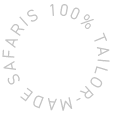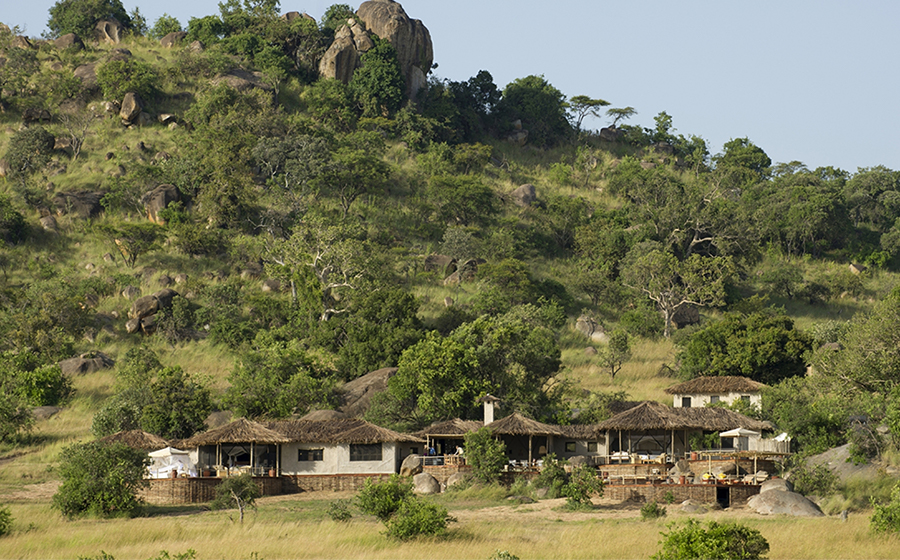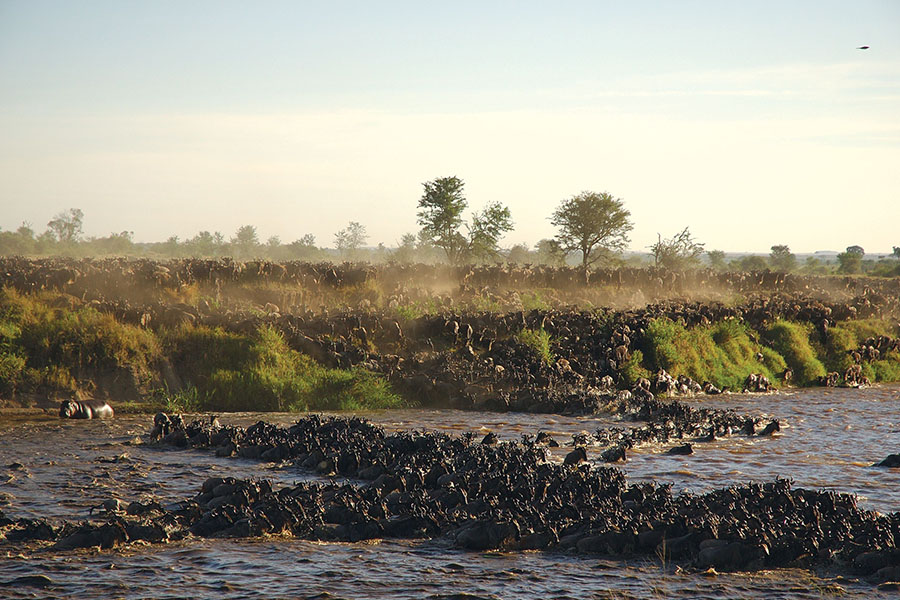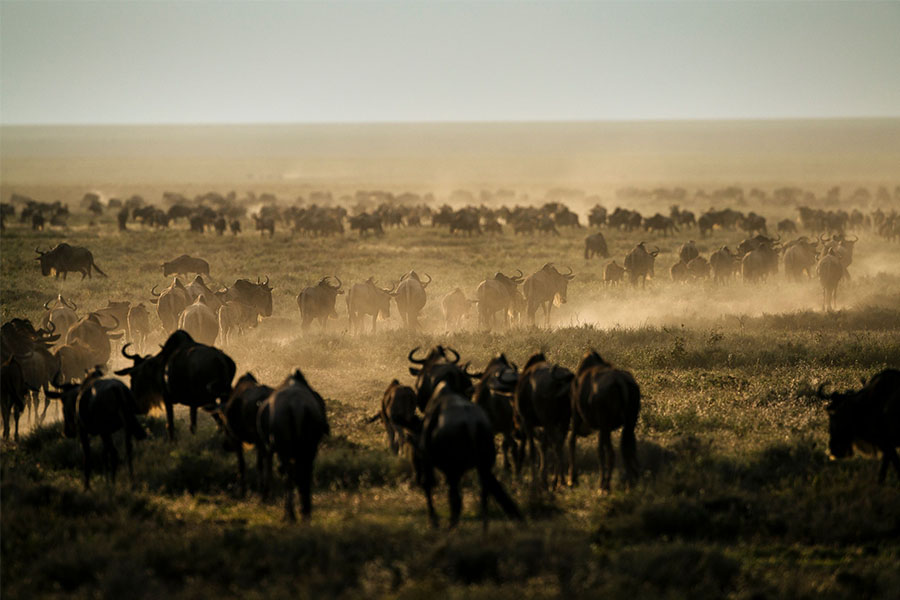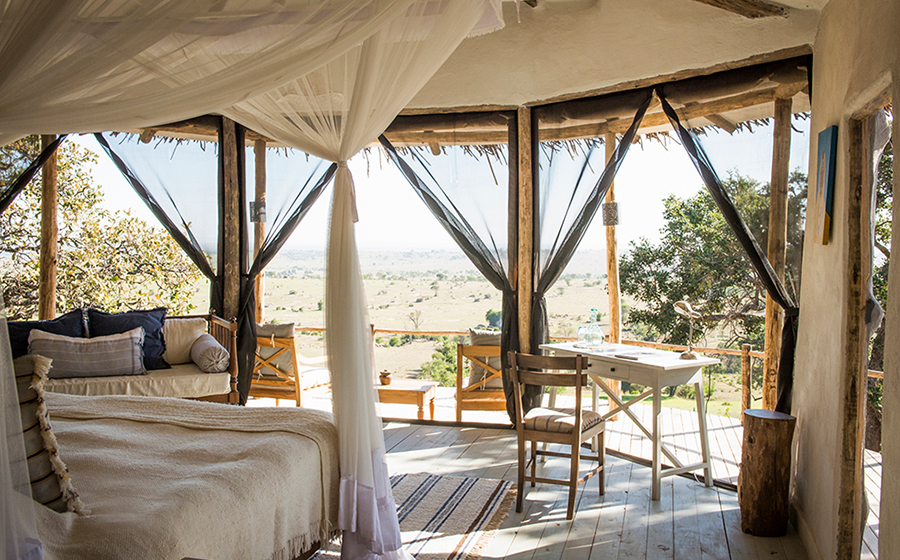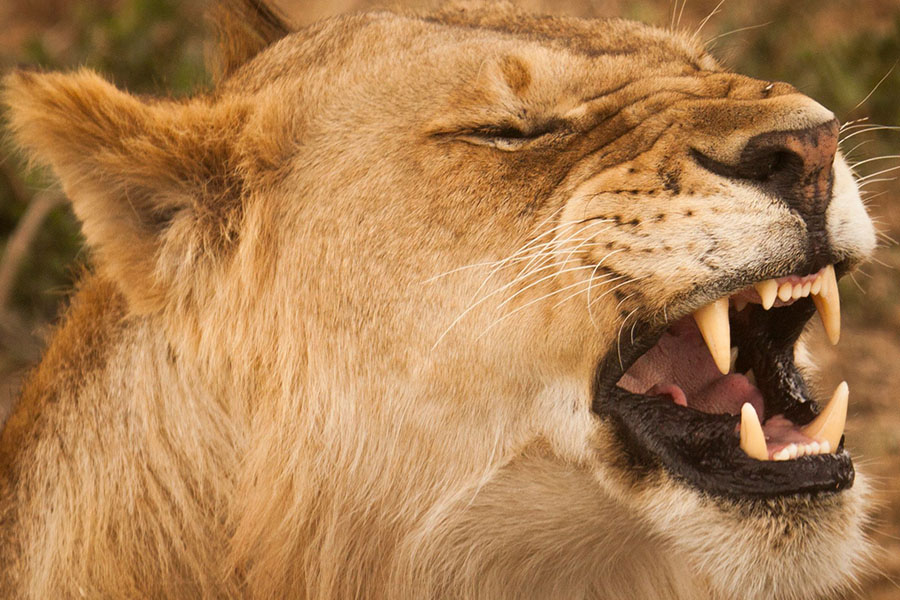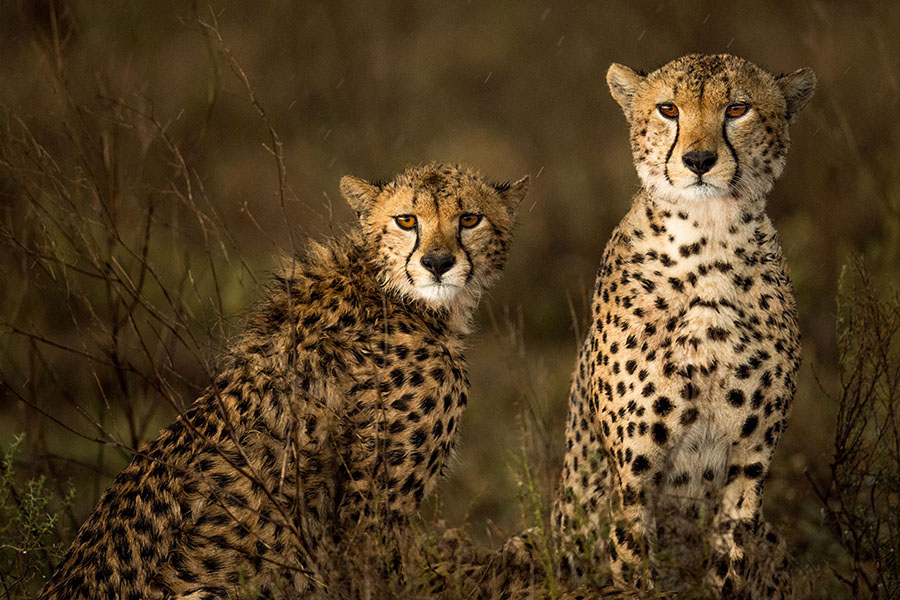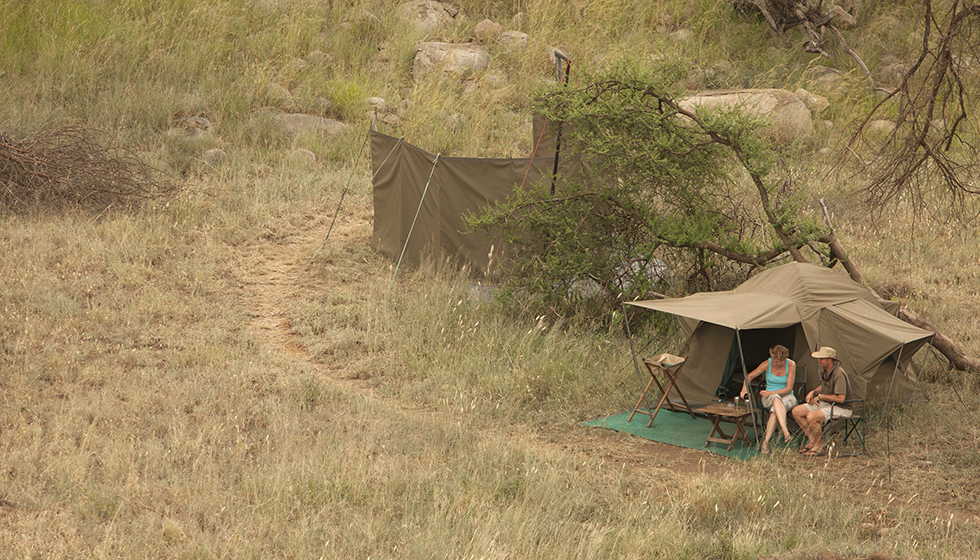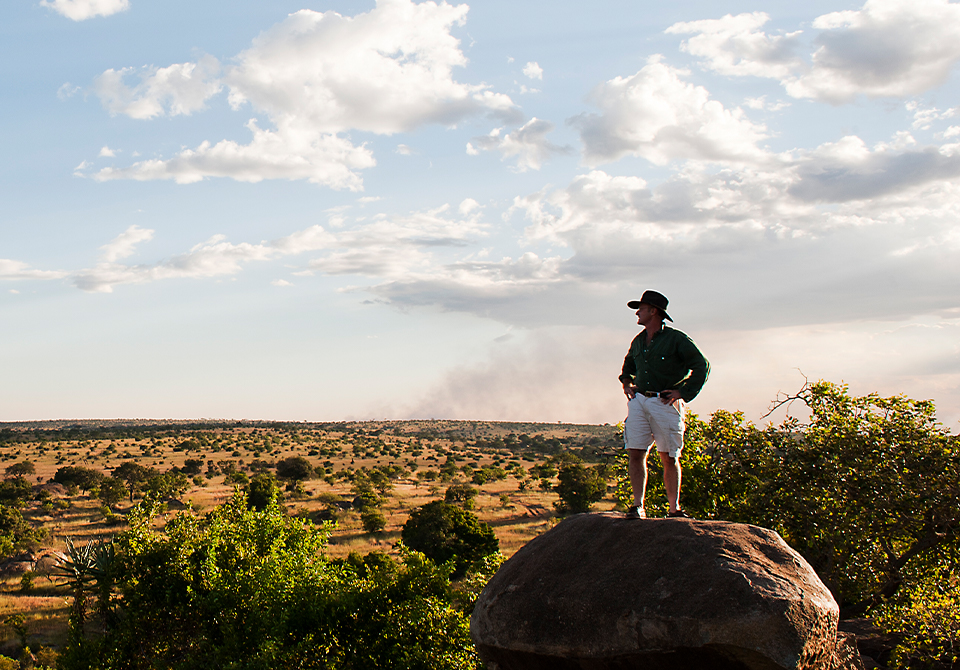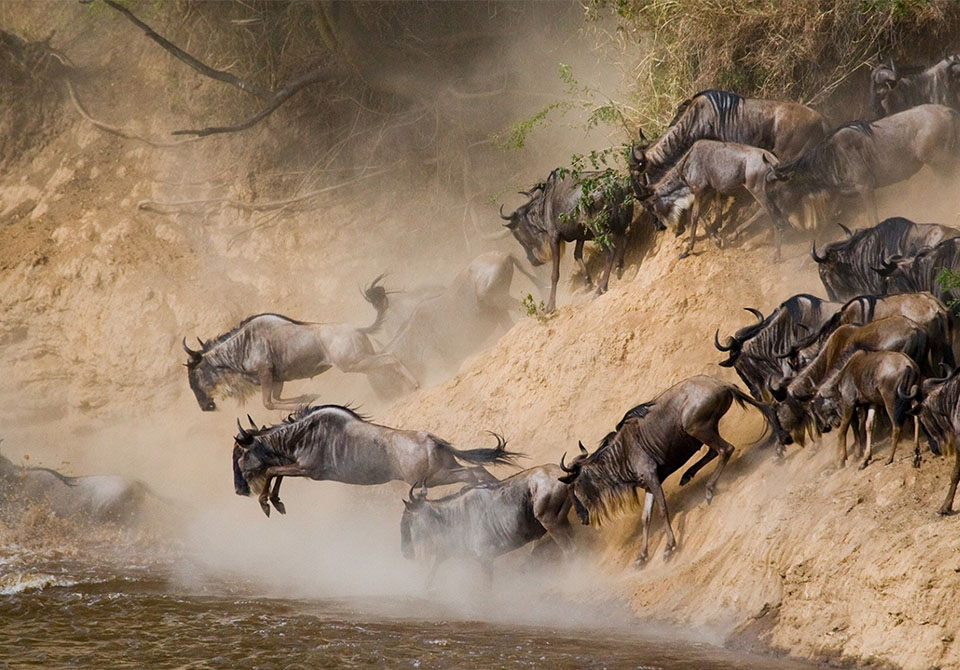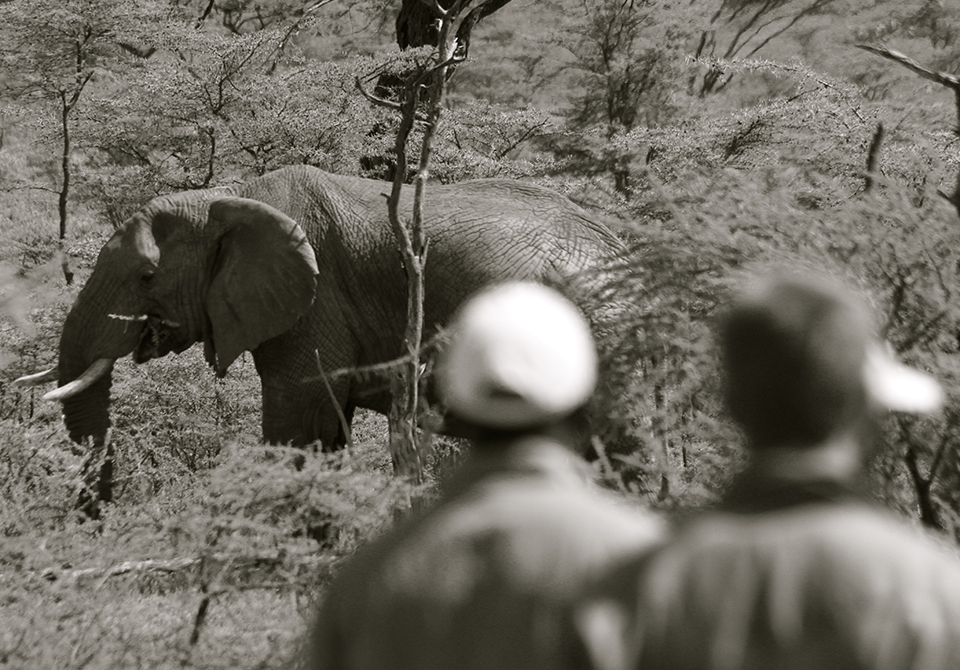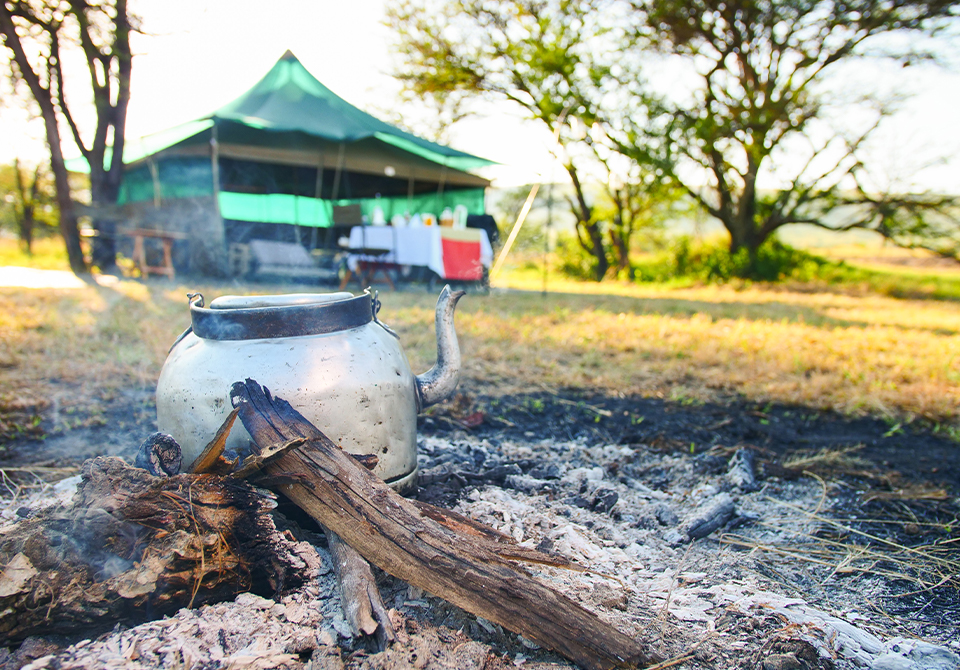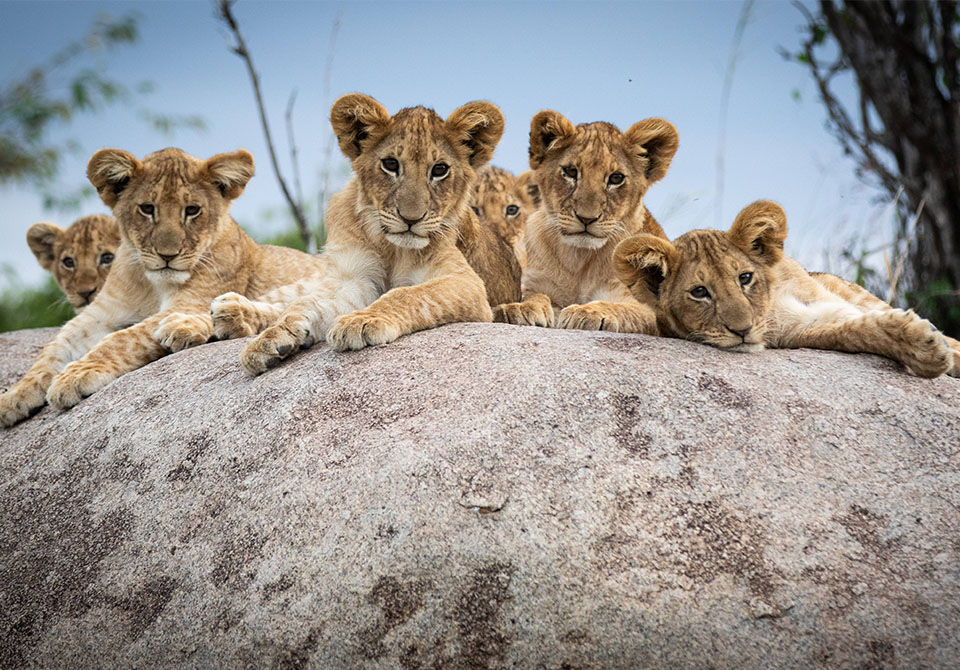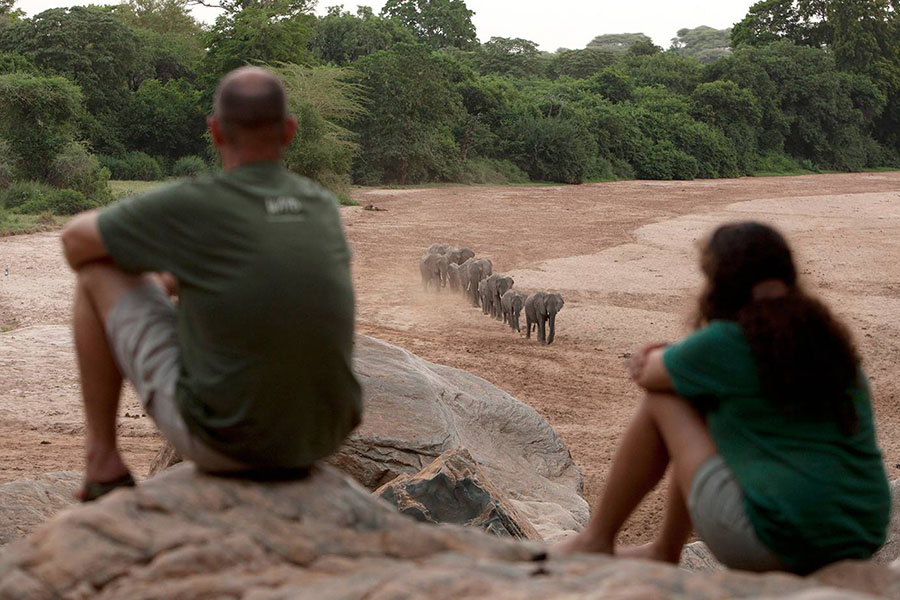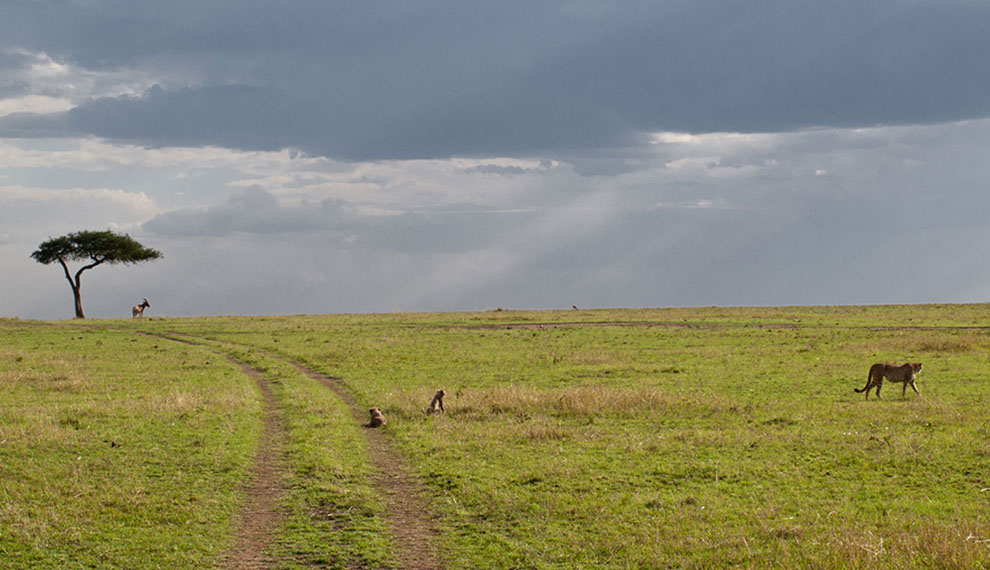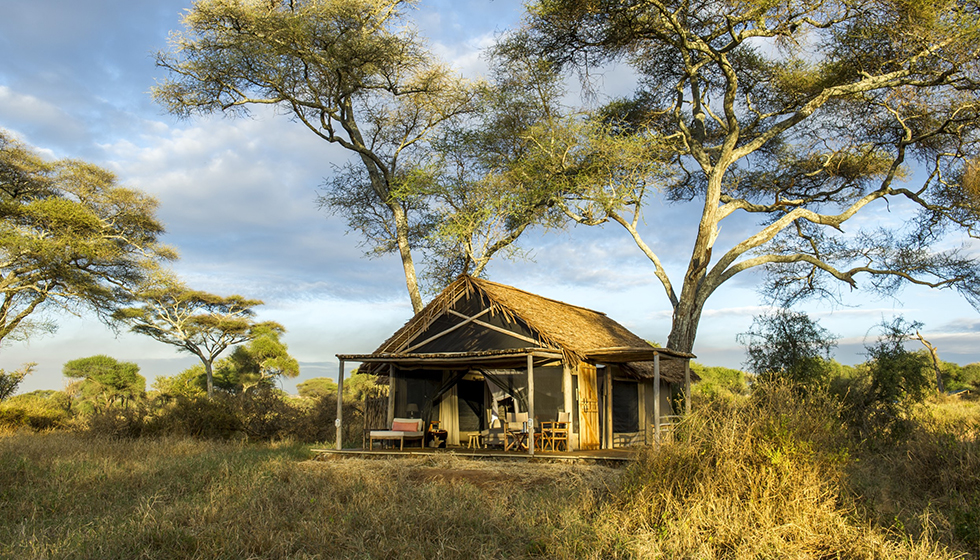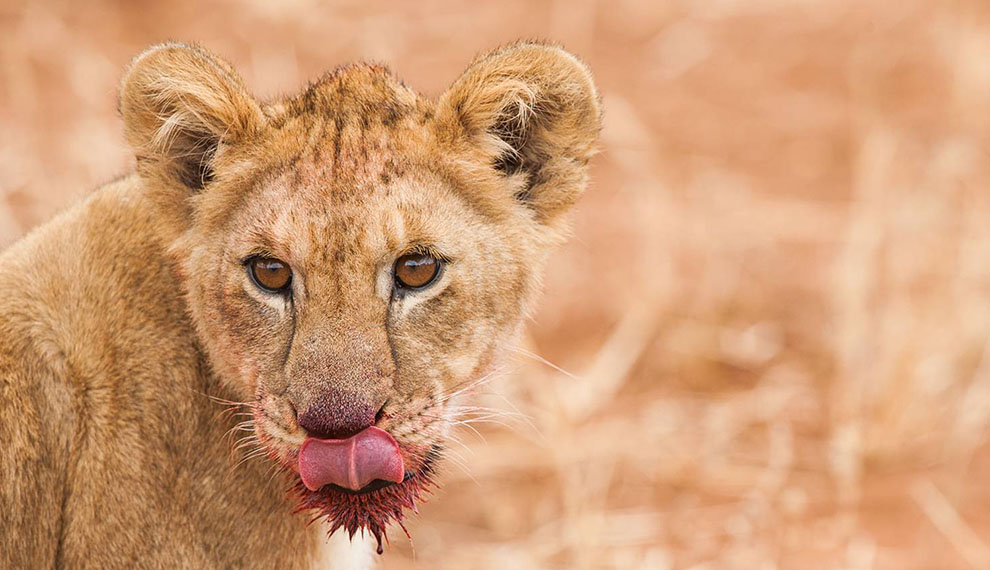Serengeti
national park
Welcome to the best-known safari destination in the world, renowned for staging one of the most extraordinary wildlife spectacles on the planet.
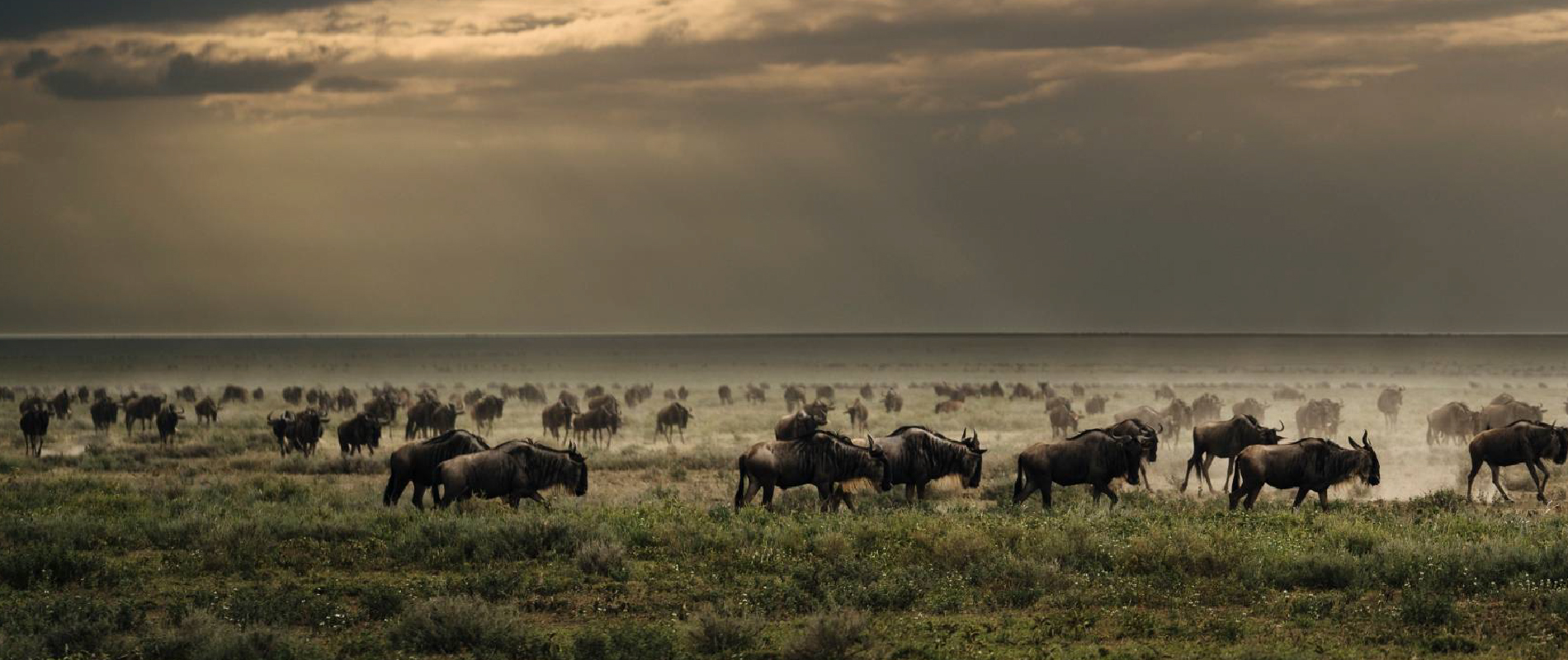
About The Serengeti
There’s a good reason the Serengeti is considered the best-known safari destinations in the world. Even if you exclude the wildebeest migration with its 1.5 million odd animals, the proliferation of animal life in this park defies belief, so if you’re looking for an epic wildlife safari there are few better places to start.
In the company of a good guide, a safari in the Serengeti can feel like stepping into a wildlife documentary. The wildebeest migration is the headline act and it’s well worth making this the focal point of your Serengeti safari, however many people miss the other great aspect of the park, which is its extraordinary size and variety. With some good local knowledge, it is possible to have large areas of this exceptional park to yourself.
For a small number of companies of which we are one, walking safaris are possible in remote wilderness zones of the Serengeti – here you can walk and sleep in light mobile camps under the stars, without seeing a soul for days.
When it comes to accommodation, the choice is bewildering from luxury camps such as Lamai Serengeti to Mkombe’s House – a private house set on the kopjes of Lamai and perfect for families, to adventurous choices like our light mobile camp used to explore the wilder edges of the park.
To keep up with the often-unpredictable action of the Serengeti, we recommend looking at seasonal camps that up-sticks every few months to be transported lock, stock and barrel to within striking range of the wildebeest and their attendant followers. As a result of this need to be mobile, there’s an appealing lightness of touch to these camps; no unnecessary clutter and little or no sign of their presence left behind when the time comes to move on.
+ Read More
- The wildebeest migration
- Huge density of mammals
- Variety of experience
- Beautiful camps & lodges
-
ATOL Protected
-
24/7 Guidance & Support
-
20+ Years of Experience
-
We take care of the leg work
-
We find you the best deal
Best Time To Visit The Serengeti
Head north to follow the migration between August and October
The far north of the Serengeti National Park is where you’ll find the wildebeest migration between August and October. The Mara River – bristling with crocs – divides this wild part of the Serengeti from the Masai Mara in Kenya and it’s here you’ll find the herds as the southern plains get too dry.
The western corridor is the hotspot in late June and July as the migration rolls into town, but it also retains a sizable resident population of wildebeest and general game viewing is good all year round. Throughout the dry season, sporadic thunderstorms near Lake Victoria produce enough rain to keep certain parts of the area green.
The under-rated green season in March – May
One of our favourite times to be in the Southern Serengeti is during March, April and May, when the bulk of visitors are steered elsewhere.
The air is brilliantly clear from the sporadic storms that can dramatically sweep across the plains at this time of year. The storms are the saving grace of these months – when amazing flowers, insects and birdlife vie for your attention with the astonishing game concentrations.
If occasionally having to batten down the game viewing hatches through a brief downpour or push your safari vehicle out of a mudhole is the only price you pay for having this almost to yourself, we reckon it’s a most excellent trade.
Best Time To Visit The Serengeti
Inspiring itineraries
From authentic safari experiences to luxury escapes, we create entirely unique itineraries that are bespoke to each client’s desires. Take a look at some of the tailor-made trips we’ve created previously.
Our Favourite Camps & Lodges
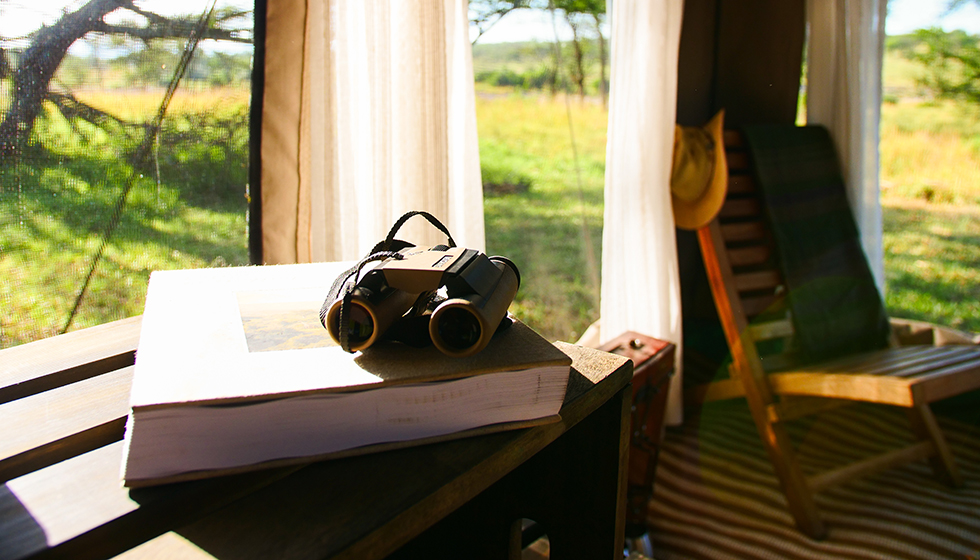
Imagine exploring Northern Tanzania’s parks and wildlife away from the hubbub of mass tourism, having the time to travel at your own pace.
Learn More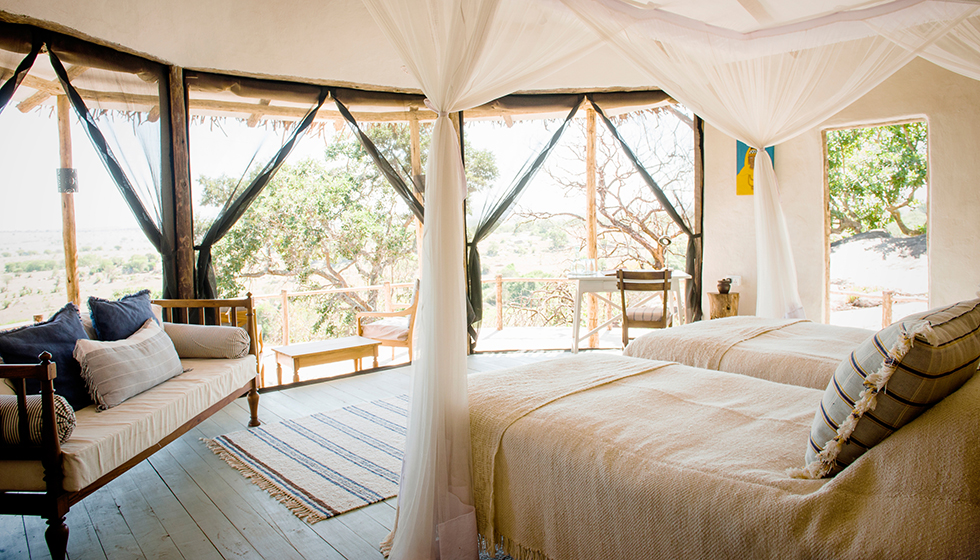
Nomad Tanzania’s Lamai Serengeti is a small intimate safari lodge amongst the large round boulders of the Kogakurjia Kopjes of the Northern Serengeti.
Learn More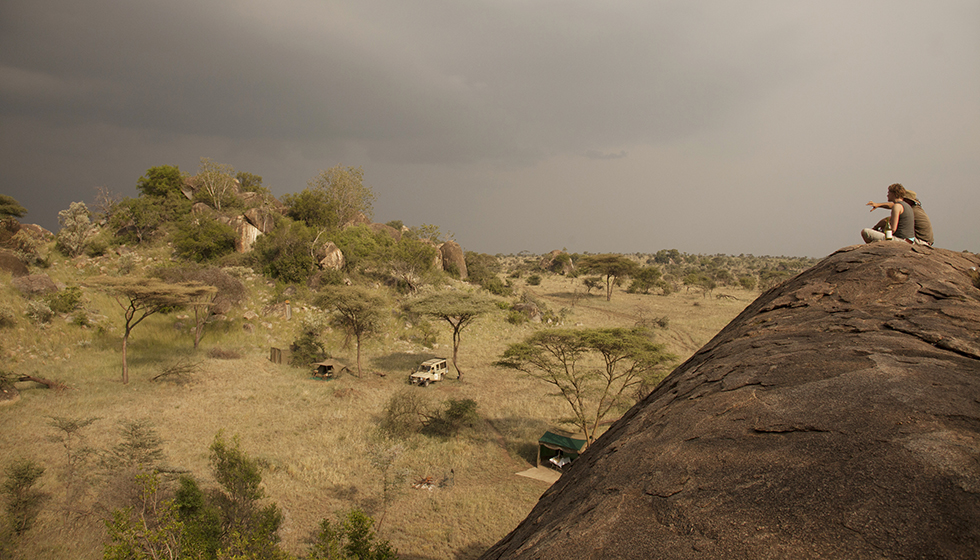
This camp is aimed squarely at folks who are after an outstanding wilderness experience that is both real and affordable.
Learn More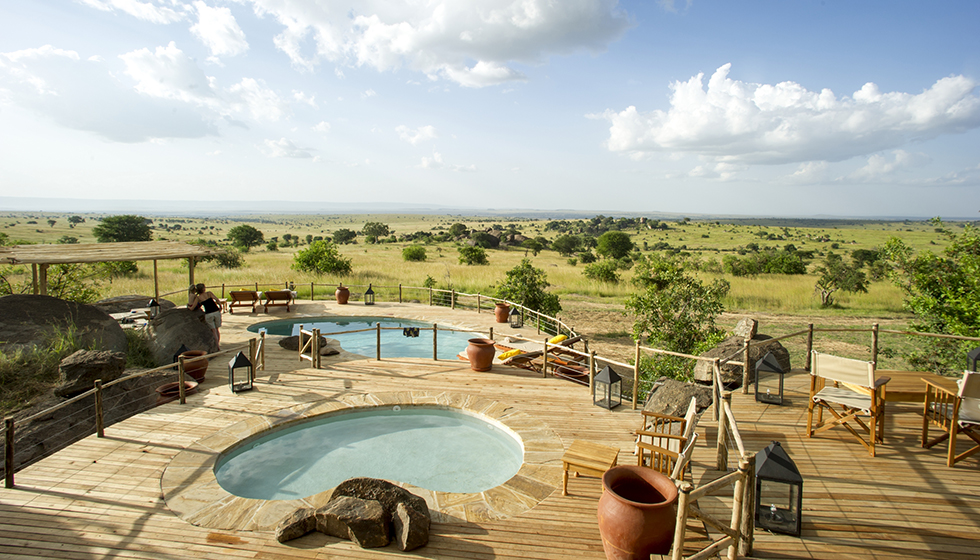
A wonderful stand-alone destination as a family retreat for a week, or a place for a group of friends to chill-out in together after a hard-core wildlife odyssey.
Learn More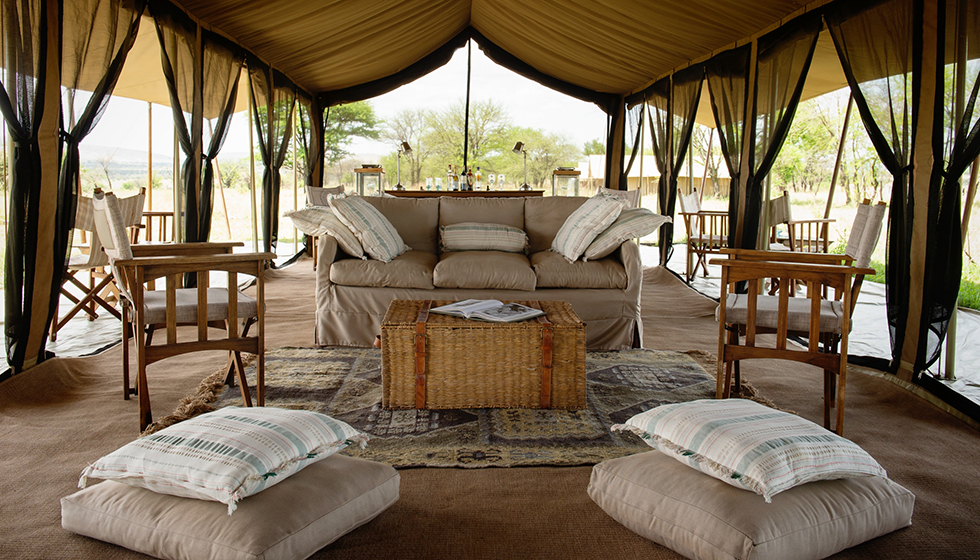
A luxury mobile camp that moves seasonally to position itself perfectly to follow the wildebeest migration as they move around this vast National Park.
Learn More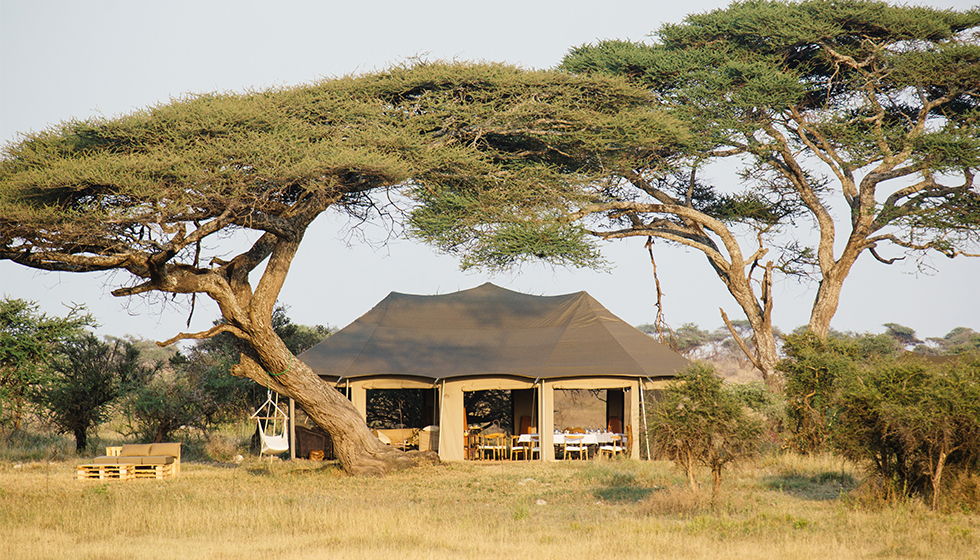
The biggest draw to Namiri is it’s Goldilocks’ location, nearly an hour from its nearest neighbour yet with near unbelievable big cat concentration.
Learn More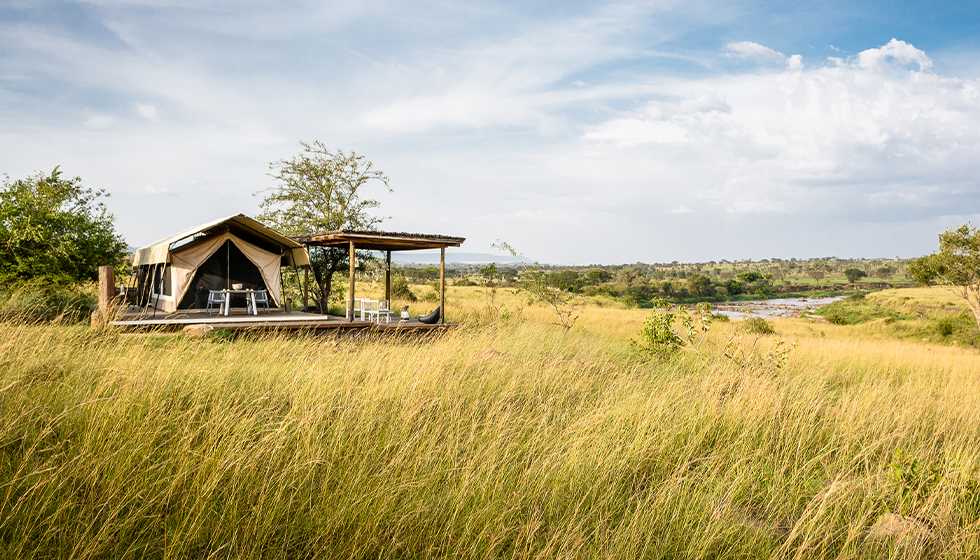
Being set along the banks of the Mara River guarantees a front row seat for the famous crossings and is one of very few camps still operating in the area when the wildebeest are not present.
Learn More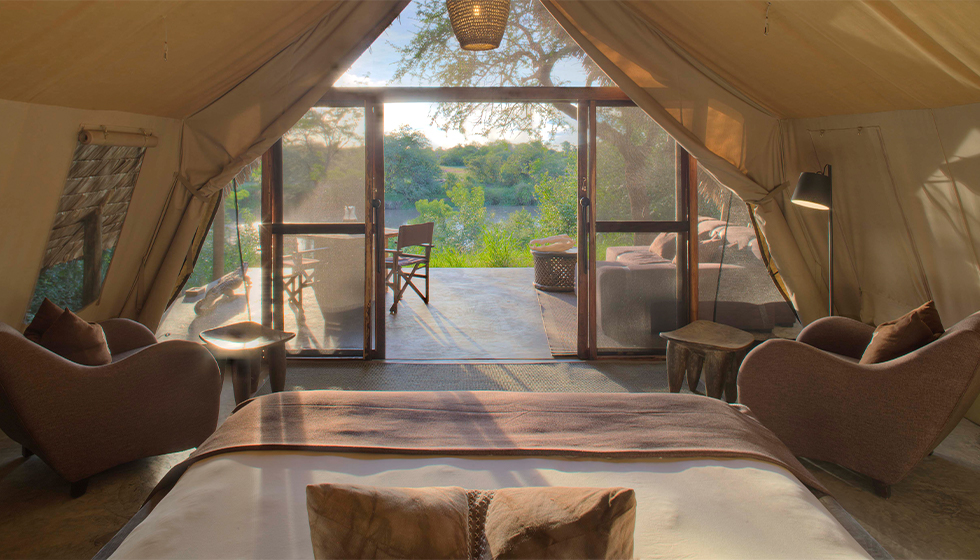
Serengeti Under Canvas is essentially the same camp set up in three different locations across the Serengeti, depending on the time of year and where the wildebeest migration is.
Learn More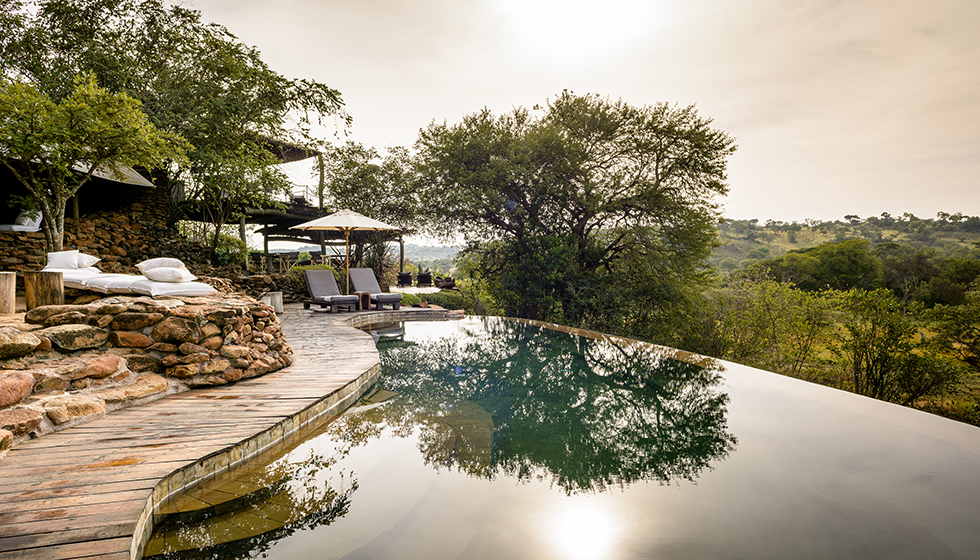
Set within Singita’s 350,000-acre private reserve in Northern Tanzania, Faru Faru is small, exclusive and, with the rooms well spread out offers plenty of privacy.
Learn More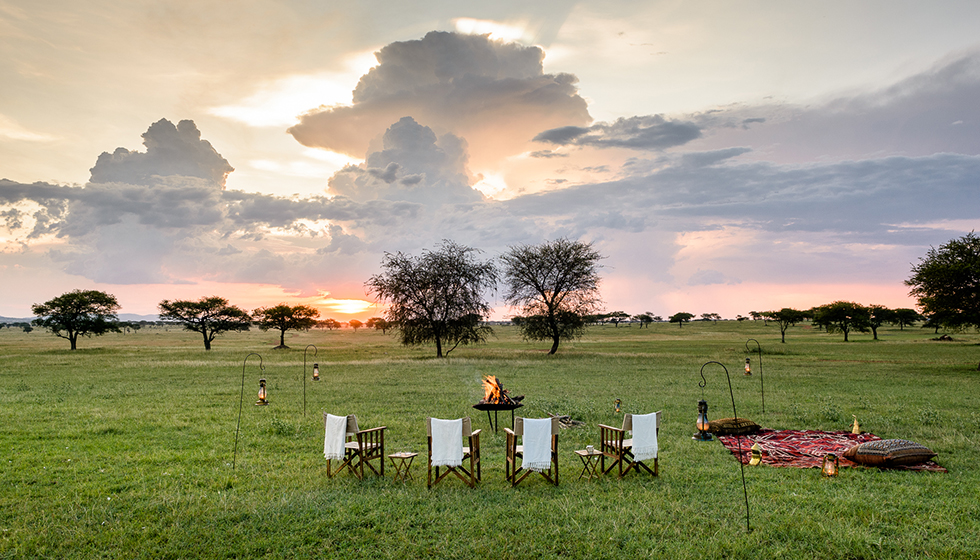
Sabora Plains Tented Camp is located in the Sabora Plains of the Grumeti Reserve on the western edge of the Serengeti National Park.
Learn More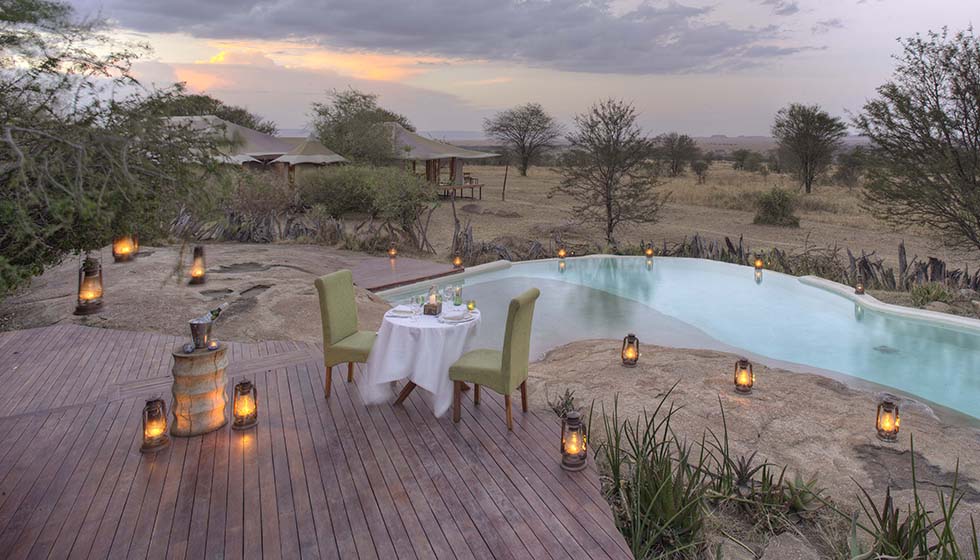
Located close to the Mara River in the Kogatende area, where the wildebeest spend much of their time between late July and late October.
Learn More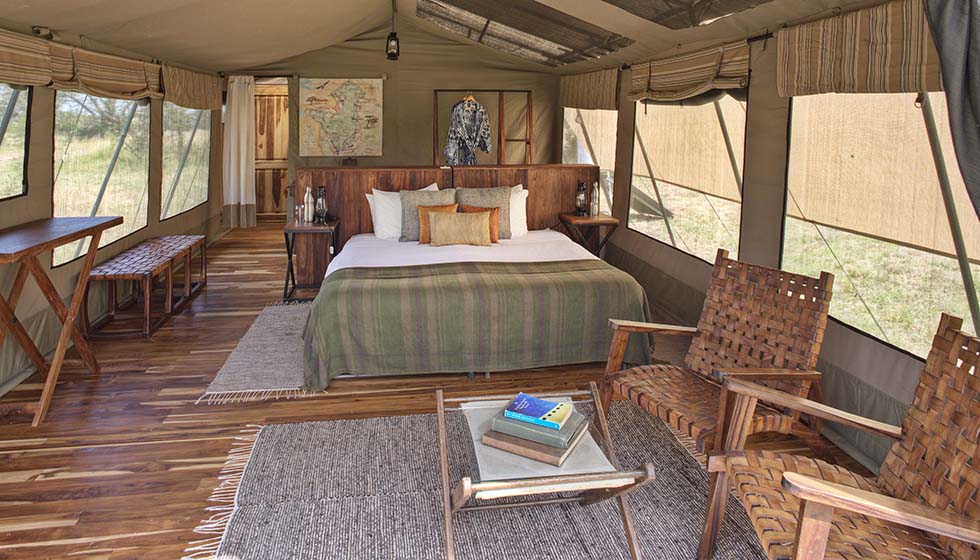
Olakira Camp is a superb small luxury tented camp that follows the wildebeest migration as it moves through the Serengeti.
Learn MoreThe Serengeti (FAQS) NEED TO KNOW
How many days do you need in the Serengeti?
The Serengeti is a vast national park and depending on the time of year and what you would like to see, we would recommend at least four days in the park. With an extremely efficient domestic flight circuit, it is possible to fly and save time allowing you to experience a couple of different areas. Otherwise, sometimes driving through the park gives you time to stop, take your time and immerse yourself in the area. All our itineraries are tailormade and we would plan this with you.
What does a day on safari in the Serengeti look like?
Most days on safari start early. Watch the sunrise on the kopje behind camp or head straight out on a game drive to experience the bush waking up. Each morning you’ll enjoy a whole and hearty breakfast cooked over the campfire that will keep you going for your morning on safari.
After your morning game drive, you’ll head back to camp for lunch and a quiet afternoon in camp to relax and recharge. Take a siesta under a shady tree, or retire to your tent to avoid the hottest part of the day. Evenings are spent around the campfire with stories of the day’s sightings and experiences plus some of the best stargazing you will ever experience.
With a private guide, you have the flexibility to decide what shape the next day takes so requests for certain sightings or areas are always talked through.
What is the accommodation at the Serengeti like?
When it comes to accommodation the choice is bewildering, from boutique camps and lodges to more esoteric and wild choices. We highly recommend mixing it up. Sleeping under canvas for a few nights whilst in the Serengeti is a must but we would propose including a mixture of one or two carefully chosen permanent camps or lodges.
From our Travel Guides
Meet Our Travel Experts
It takes genuine local knowledge to craft trips that go beyond the ordinary. The Natural High team have unrivalled experience and will take your ideas and turn them into your trip of a lifetime.
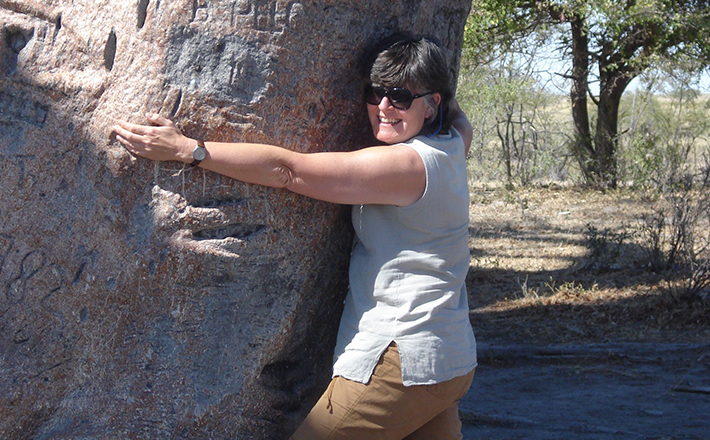
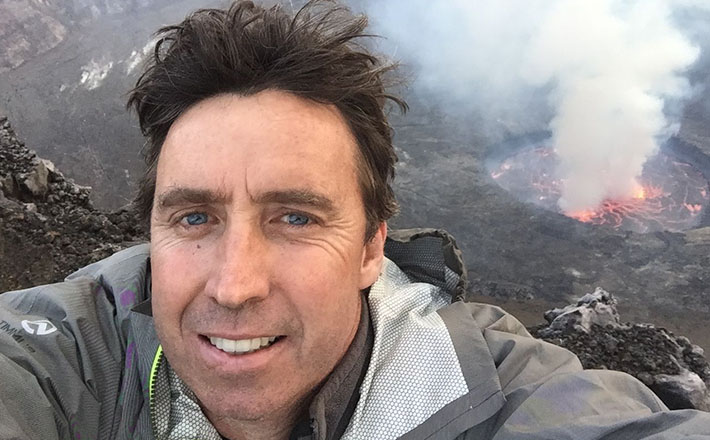
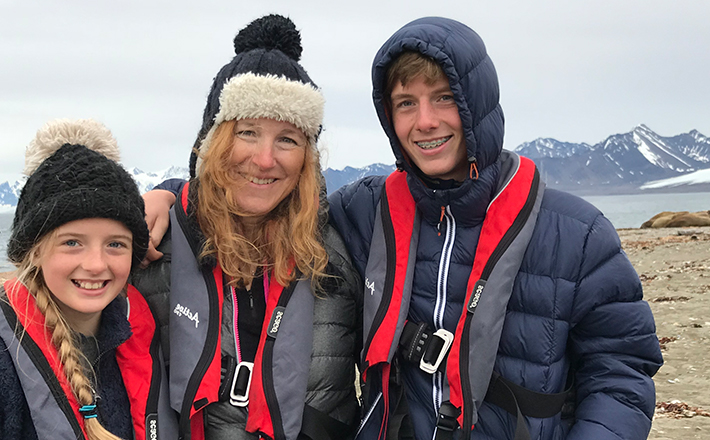
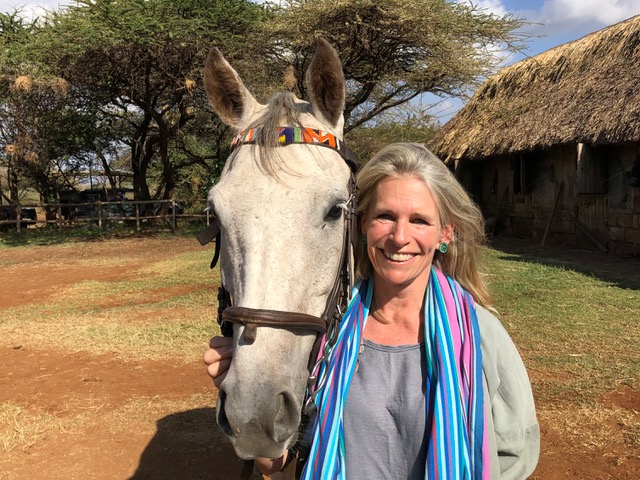
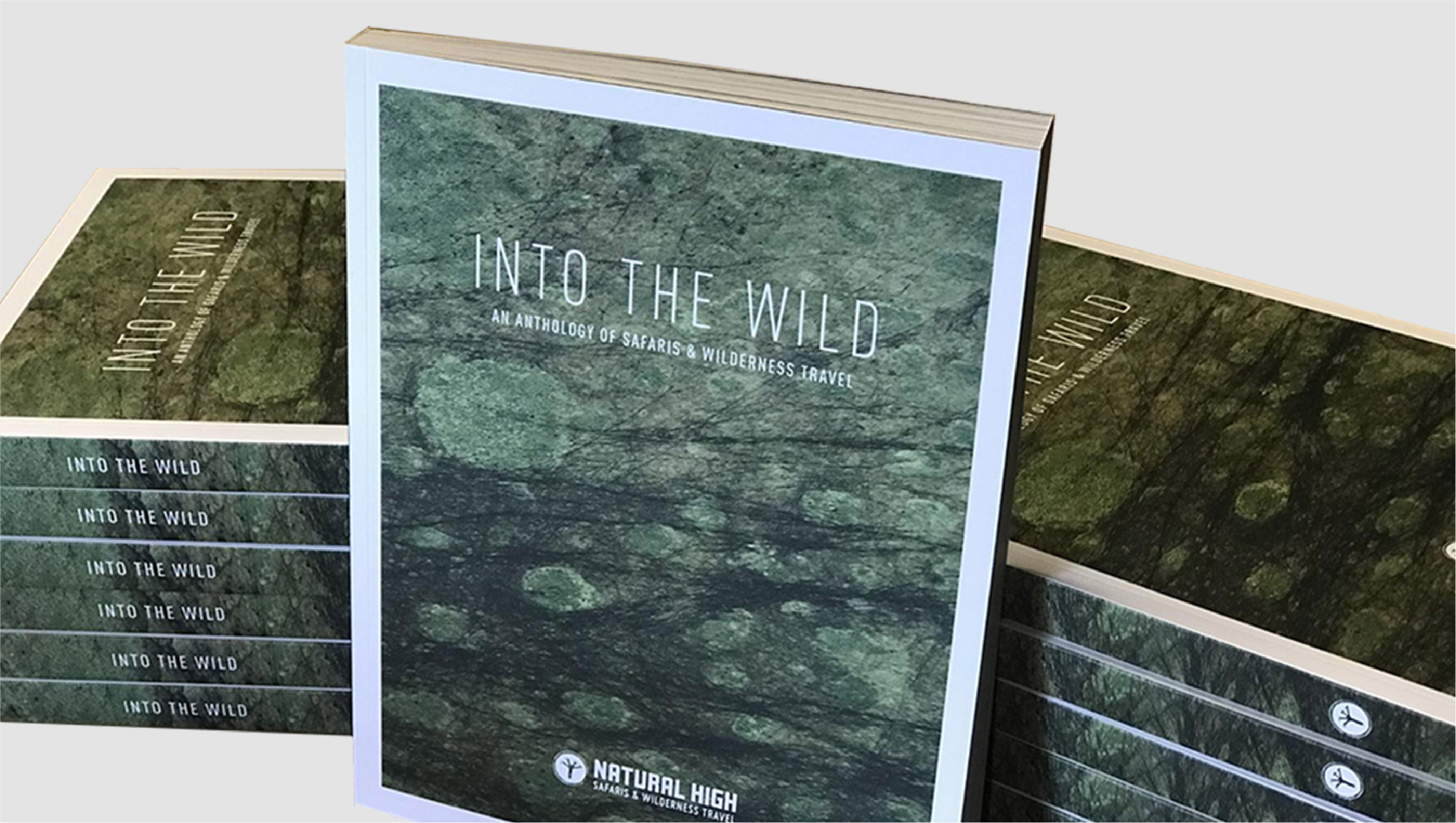
Into The Wild Brochure
Need some more inspiration? Request a copy of Into The Wild, our comprehensive anthology of safaris and wilderness travel.


